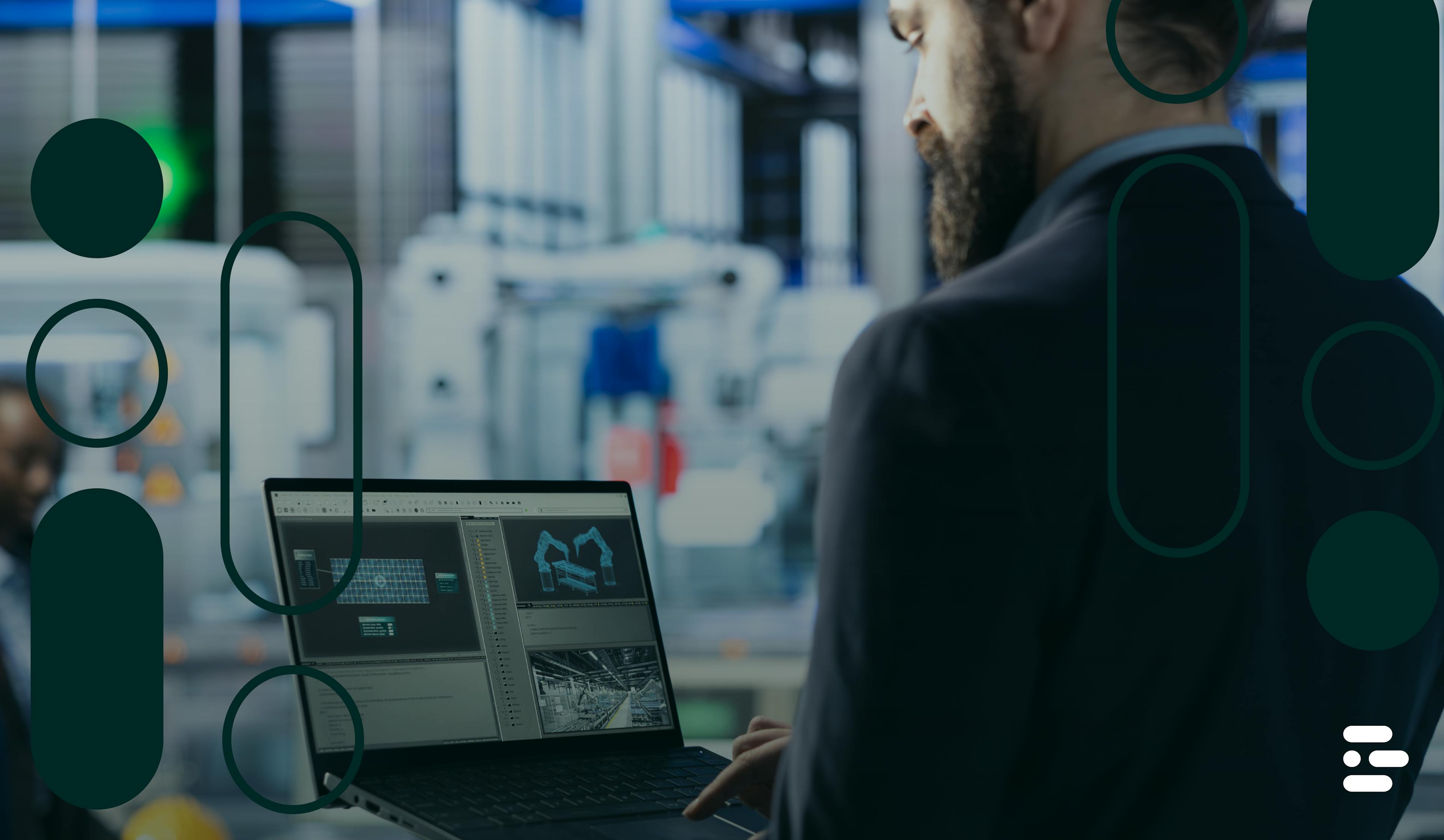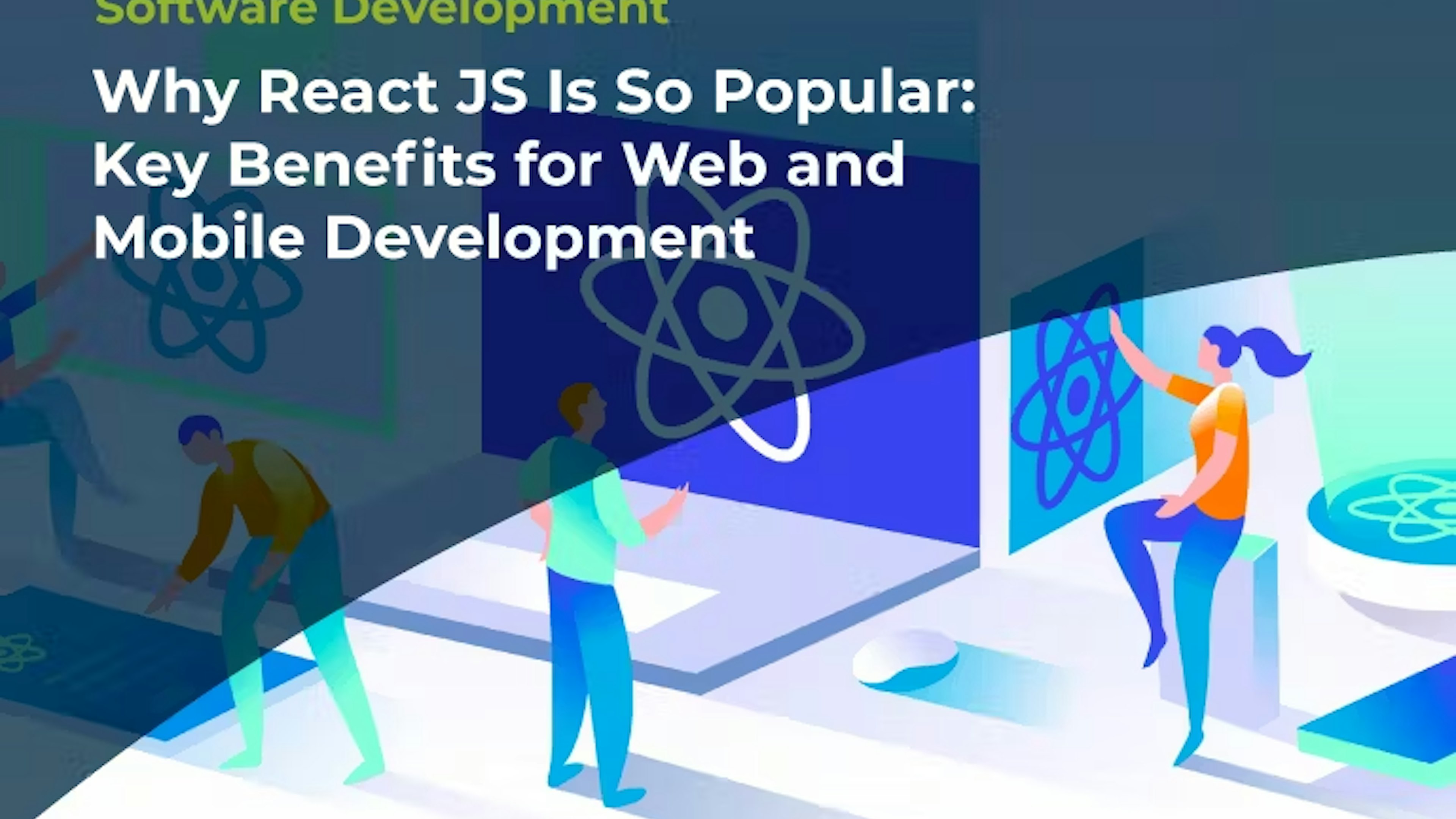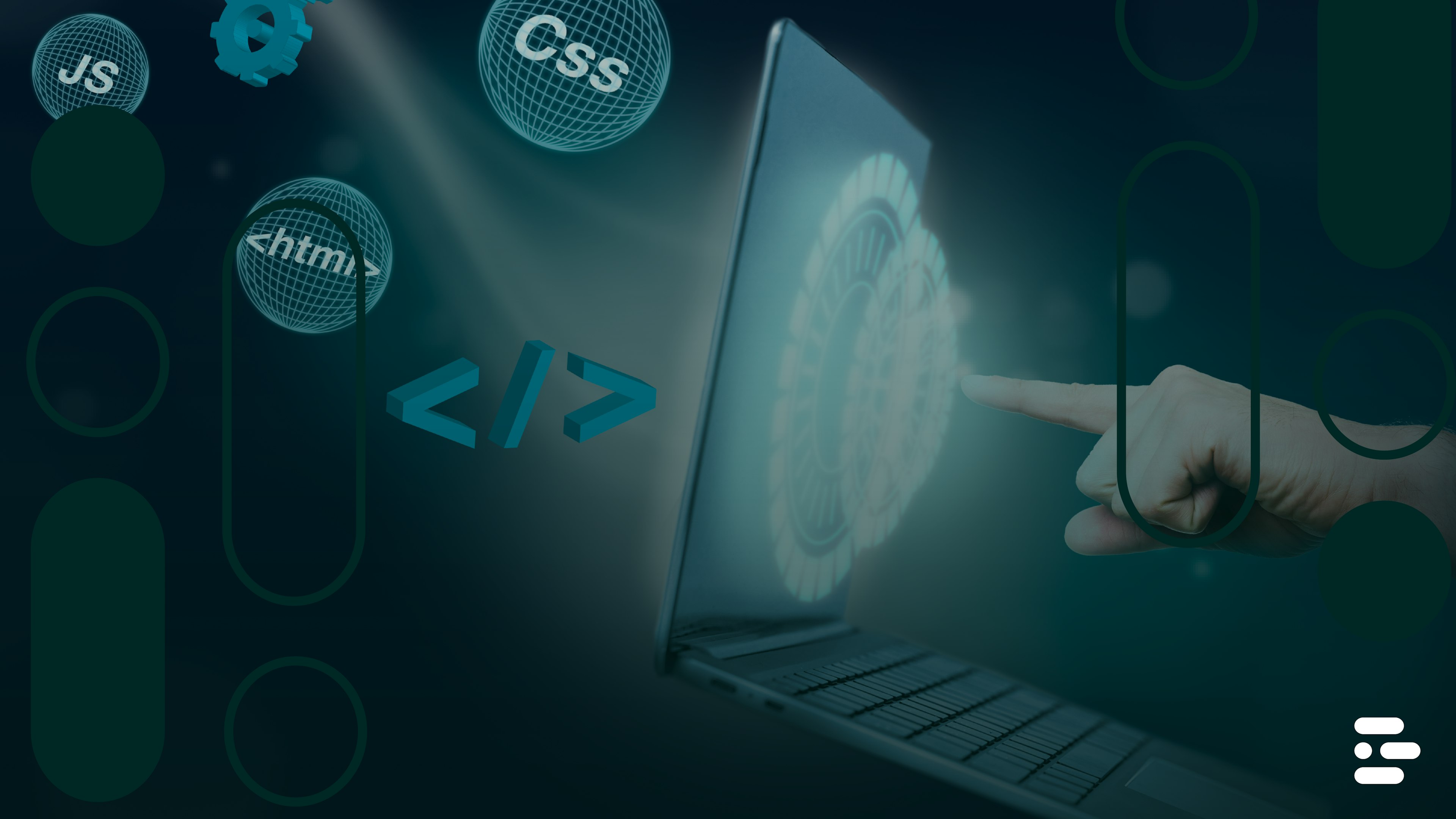AI-Powered Application Modernization Cells: The Global Model for Enterprise Transformation


Why Legacy System Modernization Can't Wait
The Modernization Imperative Has Arrived
Every C-suite executive knows the feeling: legacy systems that once powered competitive advantage now anchor organizations to outdated processes, inflexible architectures, and mounting technical debt. The numbers are stark, 89% of large companies globally have a digital and AI transformation journey underway, yet only a third of the expected revenue benefits, on average, have been realized.
Traditional modernization approaches, waterfall methodologies, monolithic project structures, and sequential handoffs, consistently fail to deliver promised value. Meanwhile, at least 30% of generative AI projects will be abandoned after proof of concept by the end of 2025, due to poor data quality, inadequate risk controls, escalating costs or unclear business value.
Enter Application Modernization Cells
The solution isn't more technology, it's better organizational design. Application Modernization Cells represent a fundamental reimagining of how enterprises approach legacy transformation. These autonomous, multidisciplinary teams blend technology and business domain expertise and share accountability for business and technology outcomes, creating a new paradigm for enterprise transformation that actually delivers measurable results.
Unlike traditional project teams, modernization cells operate as self-contained units that combine architecture, development, data science, and automation expertise under unified accountability. This isn't just another agile implementation, it's a proven framework for transforming mission-critical systems while embedding AI capabilities into core business processes.
How AI-Powered Cells Transform Legacy Systems
The Four-Pillar Integration Model
Successful modernization cells integrate four critical expertise areas that traditionally operate in silos:
1. Enterprise Architecture Specialists These professionals design cloud-native blueprints and API-first approaches that ensure scalability and future flexibility. Rather than simply "lifting and shifting" legacy applications, they architect solutions for modern hybrid and multicloud environments while maintaining enterprise security and governance standards.
2. Full-Stack Development Teams Modern developers in modernization cells work with containerization, microservices, and serverless architectures. They focus not just on code migration but on fundamental application restructuring that enables AI integration, real-time data processing, and seamless user experiences.
3. Data Engineers and AI Scientists This expertise becomes crucial as organizations seek to extract intelligence from previously siloed information systems. They build real-time data pipelines, implement machine learning operations (MLOps), and create the data foundation that enables AI capabilities to enhance business processes.
4. DevOps and Automation Specialists They create continuous integration/continuous deployment (CI/CD) pipelines, infrastructure-as-code implementations, and automated monitoring systems that ensure modernized applications can be maintained, scaled, and evolved efficiently.
Creating Scalable, Secure, AI-Ready Solutions
The integration of these four pillars enables modernization cells to deliver outcomes that traditional approaches cannot achieve:
Scalability Through Cloud-Native Design: Applications are rebuilt using microservices architectures that can scale horizontally based on demand, supporting business growth without requiring complete system overhauls.
Security by Design: Rather than retrofitting security measures, cells implement zero-trust architectures, encryption at every layer, and continuous security monitoring from the ground up.
AI Readiness: Modern data architectures, API connectivity, and event-driven processing create the foundation for AI capabilities to be seamlessly integrated as business requirements evolve.
The Proven Benefits: What Industry Data Reveals
Accelerated Delivery Performance
Research from leading consulting firms demonstrates that organizations implementing multidisciplinary transformation teams achieve remarkable performance improvements. Companies that excel in operational improvement achieve 25% higher productivity and 20% lower operating costs than their competitors, while sourcing and vendor management leaders can reduce software maintenance and support costs by up to 50% through effective modernization practices.
The acceleration factor comes from eliminating traditional handoffs and delays. Instead of sequential phases, requirements, architecture, development, testing, deployment, modernization cells work in parallel streams that continuously integrate and validate solutions. This approach consistently delivers:
- Project velocity increases of 30% through elimination of cross-functional bottlenecks
- Maintenance cost reductions up to 40% via cloud-native architectures and automated operations
- Time-to-market improvements from months to weeks for critical system upgrades
Operational Excellence Through AI Integration
Businesses that effectively leverage technology experience up to a 25% increase in operational efficiency, according to recent McKinsey research. AI-powered modernization cells amplify this impact by:
Intelligent System Analysis: Machine learning models assess legacy codebases, identify modernization priorities, and predict optimal migration sequences—reducing traditional assessment phases from quarters to weeks.
Automated Quality Assurance: AI testing frameworks deliver 40% better edge-case coverage and 80% faster test creation than traditional methods. Forrester also confirms that manual testing can consume 30–40% of development time and frequently fails to capture 20–30% of critical scenarios. Goldman Sachs’ use of AI test generation improved coverage by 40% and reduced production defects by 25%.
Predictive Operations: Once modernized, AI monitoring systems optimize performance in real-time, predict maintenance requirements, and provide continuous improvement insights that traditional monitoring cannot match.
Global Success Stories: From Months to Weeks
Banking Sector Transformation
McKinsey's analysis of digitally transformed banks between 2018 and 2022 provides compelling evidence of modernization cell effectiveness. Digital leaders improved their return on tangible equity, P/E ratio, and total shareholder returns materially more than digital laggards through deeper integration of technology across end-to-end core business processes.
One major global bank reduced loan processing time from 30 days to 72 hours by implementing modernization cells that integrated legacy credit systems with AI-powered risk assessment and automated decision engines. The transformation required six months instead of the projected two-year timeline using traditional approaches.
Manufacturing Excellence
A Fortune 500 manufacturing company achieved 50% improvement in discoverability of information and enabled operators to access critical data in three seconds or less, with 25% higher accuracy for document processing. Their modernization cells transformed disconnected plant floor systems into an integrated AI-driven operations platform.
The key success factor: rather than attempting enterprise-wide transformation, they focused cells on specific production lines, achieved measurable improvements, then scaled proven solutions across their global operations network.
Retail and E-commerce Innovation
Leading retailers report time-to-market improvements from 12-month development cycles to 6-8 week iterative releases. One global retailer implemented modernization cells that transformed their e-commerce platform, inventory management, and customer personalization systems simultaneously.
Results included:
- Customer satisfaction increased by 10% points
- Operational costs reduced by 20%
- Employee retention improved by 25 percent
- Revenue per customer increased by 15% through AI-driven personalization
The Common Success Pattern
Across industries, successful implementations share three characteristics: they focus on complete business domains rather than isolated systems, they maintain autonomous decision-making authority within cells, and they measure success through business outcomes rather than technical deliverables.
Maximizing ROI and Competitive Advantage
Create Compounding Value The most successful modernization cell implementations create flywheel effects where each success builds momentum for the next transformation. This happens through:
- Data Network Effects: Each modernized system contributes more data to AI models, improving insights across the enterprise
- Platform Leverage: Reusable services and APIs reduce the cost and complexity of subsequent modernizations
- Talent Development: Teams become more skilled and efficient with each project, accelerating future initiatives
Maintain Technology Leadership In rapidly evolving markets, competitive advantage comes from the ability to adapt quickly to new opportunities. Modernization cells create this capability by:
- Reducing technical debt that slows innovation
- Building modular architectures that enable rapid feature development
- Creating data foundations that support emerging AI capabilities
- Establishing automation that frees talented professionals for strategic work
Achieve Sustainable Transformation Unlike traditional "big bang" modernizations that create disruption followed by stagnation, cell-based approaches enable continuous improvement. Companies that reach this standard of performance record transformative outcomes not only in the short term but continue to improve year after year.
The Time for Transformation is Now
The Competitive Reality
The window for competitive advantage through modernization is narrowing rapidly. Market leaders across industries are already leveraging AI-powered modernization cells to create sustainable differentiation. The data tells the story:
- Market Growth: The worldwide enterprise application software market will reach $662 billion by 2028 at a constant currency CAGR of 13.6%
- Technology Evolution: 40% of generative AI solutions will be multimodal by 2027, up from 1% in 2023
- Competitive Pressure: Companies prioritizing operational efficiency improvements can see a 10% to 25% increase in productivity
Organizations that continue with traditional, sequential approaches to modernization risk being left behind as competitors leverage AI-powered cells to accelerate innovation cycles, reduce operational overhead, and deliver superior customer experiences.
The First-Mover Advantage
Every quarter of delay increases modernization complexity and cost while competitors build capabilities that become harder to match. Early adopters of cell-based modernization create advantages that compound over time:
Technical Excellence: Clean, modern architectures that enable rapid feature development and AI integration Talent Magnetism: Top digital professionals gravitate toward organizations with modern practices and cutting-edge challenges
Market Position: Customers increasingly expect digital-native experiences across all touchpoints Innovation Velocity: The ability to respond to market changes and opportunities faster than competitors
Your Legacy of Leadership
The leaders who drive successful AI-powered modernization transformations today will define the competitive landscape for the next decade. They understand that digital excellence isn't a destination, it's a sustainable competitive advantage built through systematic capability development.
The question isn't whether your organization needs to modernize legacy systems. The question is whether you'll lead this transformation using proven, cell-based approaches that deliver measurable results, or watch as competitors capture market share with superior capabilities.
As Amazon's Jeff Bezos told shareholders about the importance of operating like a digital native: "It's always day one for digital and AI transformation." The companies that embrace this mindset and act decisively will write the next chapter of business success. Read more in our following article How to Use AI and Cut Modernization Timelines by 70%.
Subscribe to our newsletter
Stay informed with the latest insights and trends in the industry
You may also like


